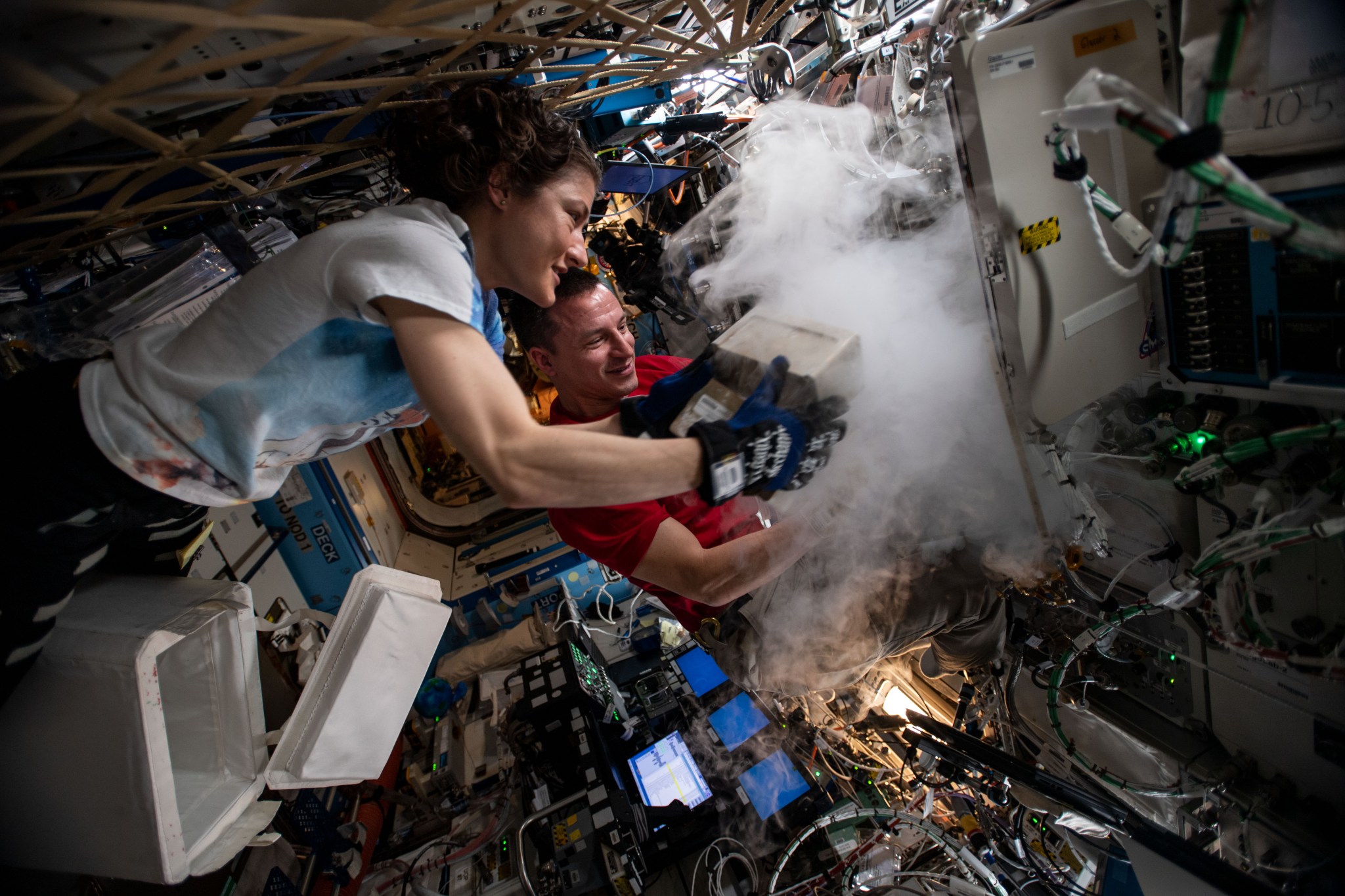NASA will host a media teleconference at 2 p.m. EDT Thursday, Oct. 17, to discuss select science investigations and technology demonstrations launching on Northrop Grumman’s 12th commercial resupply mission for the agency to the International Space Station.
Audio of the teleconference will be streamed live online at:
Northrop Grumman is targeting Saturday, Nov. 2, at 9:59 a.m., for the launch of its Cygnus spacecraft on an Antares rocket from pad 0A at NASA’s Wallops Flight Facility on Wallops Island, Virginia.
Jennifer Buchli, deputy chief scientist for the International Space Station Program Science Office at NASA’s Johnson Space Center in Houston, and Michael Roberts, interim chief scientist for the ISS U.S. National Lab, will provide an overview of the research and technology aboard the Cygnus spacecraft.
Also participating in the briefing are:
- Thomas Krueger, team lead of the European Space Agency’s Human-Robot Interaction Lab, will discuss the ANALOG-1 investigation, which will test telerobotic operations under microgravity conditions aboard the space station.
- Mike Snyder, founder, board member, and Chief Engineer for Made In Space, will discuss Made in Space’s Recycler, which will test systems needed to reprocess plastic into 3D printing filament in the microgravity environment of the International Space Station. The Recycler will utilize polymer materials to produce filament that can be transferred to the Made in Space 3D printer that has operated on the orbiting laboratory since 2016.
- Brian York, principal investigator of the Rodent Research-14 investigation, will discuss how the investigation studies the effects of microgravity on the biological circadian rhythm and key organ tissues, including the colon, heart, lung, liver, kidney and hypothalamus. This investigation advances research on the most common liver disease in humans.
- Kathleen Coderre, principal investigator, will discuss AstroRad, a new vest that could protect astronauts’ vital organs from deep-space radiation. Knowledge gained could also aid the development of shielding technologies for patients on Earth receiving radiation treatments.
To participate in the teleconference, media must contact Gina Anderson at 202-358-1160 or gina.n.anderson@nasa.gov by 5 p.m. Wednesday, Oct. 16, for dial-in information.
The Cygnus spacecraft will carry crew supplies, scientific research and hardware to the orbiting laboratory to support the Expedition 60 and 61 crews for the 12th mission under Northrop Grumman’s Commercial Resupply Services-2 contract with NASA.
For launch countdown coverage, NASA’s launch blog, and more information about the mission, visit:
-end-
Gina Anderson
Headquarters, Washington
202-358-1100
gina.n.anderson@nasa.gov



























